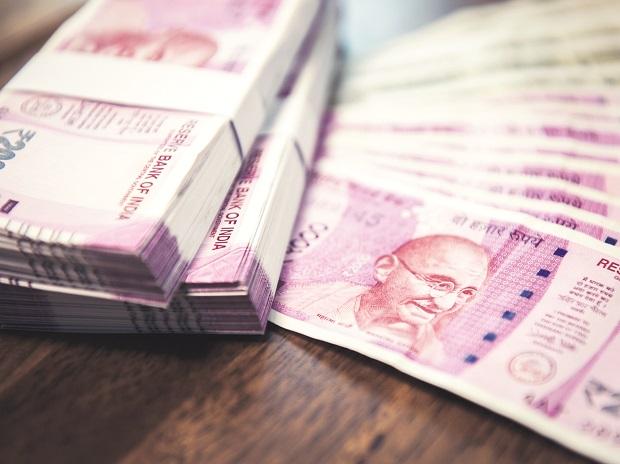[ad_1]
Amid a decade-high credit growth, the short-term market borrowings of banks have surged 100 per cent, so far, in the current financial year as lenders seek avenues to fund the accelerated pace of loan demand.
According to the latest data released by the Reserve Bank of India (RBI), borrowings by banks increased to Rs 5.49 trillion as on October 21, 2022, from Rs 2.74 trillion as on March 25, 2022.
The figures, which are listed under the ‘borrowings’ section for scheduled commercial banks in RBI data, largely represent short-term funding routes, such as interbank repo operations and the use of tri-party repos, analysts said. Issuances of instruments, such as additional tier-1 bonds, are also included, they said.
The increase in bank borrowings picked up in earnest from June 2022 when the figure stood at Rs 3.78 trillion (as on June 3). On March 26, 2021, bank borrowings were at Rs 2.44 trillion.
The key driver of the huge increase in banks’ reliance on short-term market instruments to garner funds is the sharp decline in surplus liquidity, even as loan demand stays firm.
“It’s a huge amount,” said Soumyajit Niyogi, director, India Ratings & Research.
“Banks could be relying on short-term and overnight instruments, along with garnering funds through long-term deposits. However, relying on short-term borrowing on a sustained basis suggests tight liquidity conditions,” Niyogi told Business Standard.
“In case credit growth remains strong and BoP (balance of payments) doesn’t improve, the situation may turn out to be challenging. The instruments included in the market borrowings category are AT-1 bonds, TREPs (tri-party repos), and interbank repos. CDs (certificates of deposit) are not included as CDs are treated as deposits,” he said.
From around Rs 7-8 trillion in April 2022, the liquidity surplus in the banking system shrunk to around Rs 1.35 trillion in October. Over the past couple of months, there have also been instances of liquidity slipping into a deficit.

The tightening of liquidity comes at a time when the RBI is battling high inflation and hence, is withdrawing monetary accommodation.
With banks no longer being able to rely on the central bank’s fund infusions, the rush to mobilise funds has intensified.
“There has been a rise in bank borrowings during the year.
This situation has risen mainly due to the fact that bank deposits growth has trailed credit growth, thus creating a liquidity issue. Banks are also holding excess SLR (Statutory Liquidity Ratio) paper,” said Bank of Baroda’s Chief Economist Madan Sabnavis.
“In order to manage liquidity they have resorted to these borrowings which would largely be short-term in nature (outside from the LAF window provided by the RBI),” he said.
The latest RBI data showed that as on October 21, 2022, bank credit grew 17.9 per cent year-on-year. Deposit growth for the same period trailed at 9.5 per cent.
Analysts pointed out that the uptick in bank borrowings may also be aimed at preserving net interest margins. While banks have been quick to pass on the RBI’s rate hikes to lending rates, they have been slower to transmit the same to their liabilities — deposits. This has been a key factor that has contributed to banks reporting a sharp rise in net profits in the previous quarter.
“Banks are, of course, raising deposit rates but they would possibly want to maintain NIMs, which is why they are not offering very high deposit rates,” a treasury official of a commercial bank said.
In late October, State Bank of India raised deposit rates by up to 80 basis points for deposits below Rs 2 crore. At present, the country’s largest bank is offering 6.10 per cent for deposits maturing in one year to less than two years, while its one-year MCLR is 8.05 per cent. Meanwhile, the weighted average rate for tri-party repos was at 5.68 per cent on Tuesday; that for interbank repos was 5.69 per cent.
[ad_2]
Source link



